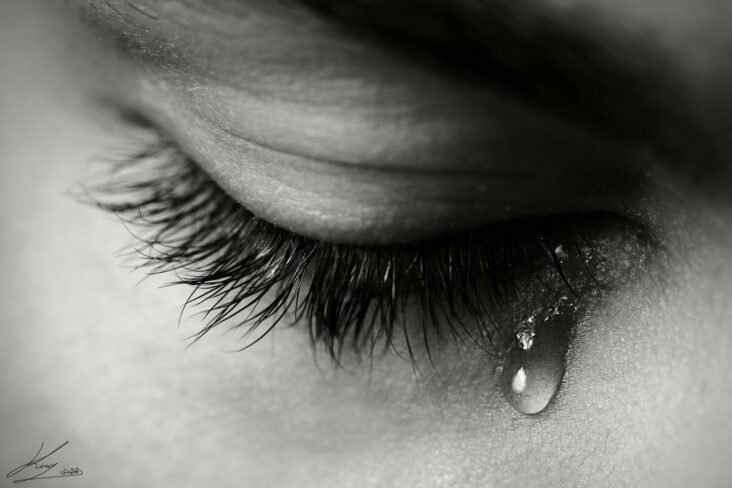Introduction
Grief is a multifaceted response to loss. The death of a loved one is one of the most challenging experiences a person can go through. Emotions like sadness, anger, guilt, and loneliness are entirely normal. These emotions are all part of the grieving process. There is no right or wrong way to grieve. However, most people go through similar stages of grief. These stages are denial, anger, bargaining, depression, and acceptance. It’s vital to allow yourself to experience all of these emotions. Don’t try to bottle them up. Allow yourself to cry, to be angry, and to feel depressed. These emotions are all part of the healing process. Grief is a troublesome experience, and several resources can help you cope. You can talk to your doctor, a therapist, or a grief counselor. You can also join a support group. Remember, there is no right or wrong way to grieve. Allow yourself to experience all of your emotions. Seek out help if you need it. And eventually, you will heal.
The purpose of this blog post is to inform you about the five stages of grief, what types there are, and how one can recover from them.
The 5 Stages of Grief
- Denial: The first stage of grief is denial. This is when we try to convince ourselves that the loss has not really occurred or is not as bad as it seems. We may try to deny our feelings of sadness and disbelief.
- Anger: The second stage of grief is anger. We may be angry at the person who died or the situation that caused their death. We may lash out at those around us or withdraw from them entirely.
- Bargaining: The third stage of grief is bargaining. We may try to make deals with God or with the person who died in order to bring them back. We may also try to find ways to avoid dealing with our grief, such as occupying our time with work or other activities.
- Depression: The fourth stage of grief is depression. We may feel hopeless and helpless and may lose interest in activities. We may also have difficulty sleeping and may feel tired all the time.
- Acceptance: The fifth and final stage of grief is acceptance. This is when we come to terms with the loss and begin to heal. We may still feel sadness and pain, but we know that the person is gone, and we must go on.
Getting over Grief: Tips for recovery
- Allow yourself to grieve: Don’t try to bottle up your emotions. It’s okay to cry, to be angry, and to feel sadness. These are all part of the grieving process.
- Reach out to your support system: Whether its friends, family, or a therapist, talking about your grief can be helpful.
- Take care of yourself: Grief can be draining, both emotionally and physically. Make sure to eat well, exercise, and get plenty of rest.
- Give yourself time: Grief is a process and can take weeks, months, or even years to work through it. Don’t expect to “get over” your grief overnight.
- Be patient with yourself: Grief can be unpredictable. You may have good days and bad days. Some days you may feel like you’re making progress, and other days you may feel like you’re taking two steps back. Just go easy on yourself and allow yourself to go through the ups and downs.
Types of Griefs
- Anticipatory: Grieving before a loss is called anticipatory grief. This type of grief can be helpful because it allows you to start to process your feelings and say your goodbyes.
- Complicated: Grief that is more intense after a loss is referred to as complicated grief. Depression, anxiety, and other mental health issues accompany this type of grief.
- Disenfranchised: Disenfranchised grief is experienced when you lose someone but don’t have the support of others. This type of grief can be experienced by people who have lost a loved one to suicide or addiction.
- Normal: Normal grief is the type of grief that most people experience after a loss. This type of grief is characterized by sadness, anger, and guilt.
- Abnormal: Abnormal grief is a rare type of grief that can be experienced after a loss. This type of grief can be accompanied by hallucinations, delusions, and suicidal thoughts.
Conclusion It is important to remember that grieving is a process. There is no one right way to grieve, and no timeline for healing. However, understanding the five stages of grief can help you to identify where you are in the process, and to understand what you may need to do to continue moving forward.

